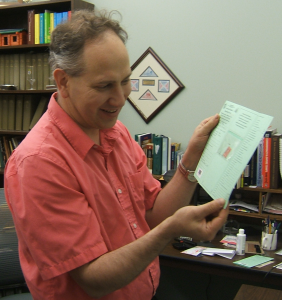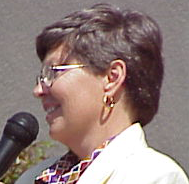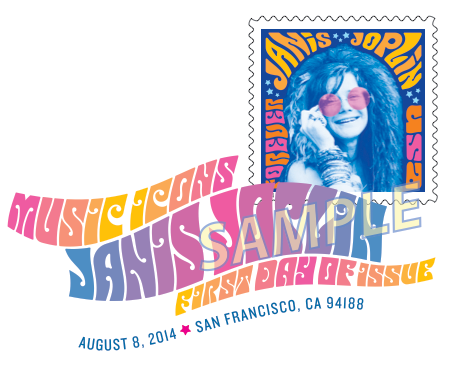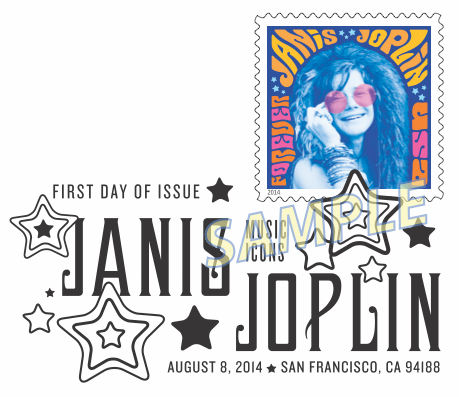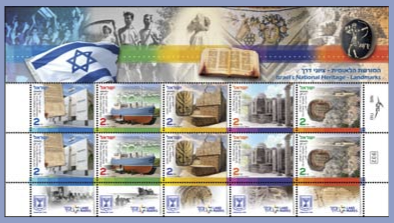By John M. Hotchner
 I scanned with trepidation an article in Bottom Line Personal (March 15, 2012) titled “Buyer Beware: 10 Collectibles Not Worth Collecting Anymore” by Terry Kovel. Happily, stamps were not included in the list, but there were some surprises, and some object lessons for our hobby.
I scanned with trepidation an article in Bottom Line Personal (March 15, 2012) titled “Buyer Beware: 10 Collectibles Not Worth Collecting Anymore” by Terry Kovel. Happily, stamps were not included in the list, but there were some surprises, and some object lessons for our hobby.
Among the ten are “Hummel figurines,” “anything made by the Franklin Mint,” “Limited edition Barbie dolls,” “Thomas Kinkade paintings and prints,” and “Autographed sports memorabilia.” Explanations given by Ms. Kovel of why she chose these items provide some tips for us in philately.
She says that the generation that appreciated Hummels is now downsizing or dying off, dumping Hummels back onto the market by the thousands. With few exceptions, most have dropped from hundreds of dollars apiece to less than $100.
Could we see this happen in philately? Yes, indeed, if we do not work to recruit the next generation to stamp collecting and encourage them until they catch the fever as serious collectors. We seem to be doing all right with this if serious auction prices are a guide, but it would be a mistake to leave it to chance in the future. Every generation needs to recommit itself to bringing aboard the next; not just so that our stash retains its value but also because we have a wonderful hobby to share.
Ms. Kovel notes regarding the Franklin Mint that they “sell a wide selection of ‘limited edition’ coins, plates, medals, and other collectibles, but there is little resale market for any of it.” Happily she did not mention commemorative covers, which along with the other material have been packaged with descriptive information and hawked as products with historical significance.
There are other parallels in stamp collecting — fancy first day covers, gold-leaf reproductions of U.S. stamps, subject collections of specialized commemorative cancels celebrating something like Norman Rockwell. This sort of stuff is usually bought by novice collectors with an interest in stamps. The purveyors are careful not to say explicitly that their products have investment potential, but that is implied.
But Ms. Kovel is right, it is not unusual to see those covers selling for 5¢ on the dollar ‘invested’ in the aftermarket. This emphasizes the fact that collectors who approach the hobby as investors are often disappointed. Bad enough that they get burned, but they or their heirs will badmouth the hobby forever after their unfortunate discovery. Thus, we should not be “selling” the hobby for its investment potential, but for its joys as a pastime in everyday living.
Limited edition Barbie dolls were sold as toys, but were toys in name only. Ms. Kovel explains that “most were never played with, just set aside as investments, so they never became any rarer.” The company selling them “issued so many different limited-edition Barbies that few collectors could collect them all, and most stopped trying.”
Early very limited editions still have value, but as time passed and more buyers entered the market, more Barbies were released in larger numbers. Think about the growing boom market in the early stamps of the United Nations, Vatican City and Israel. Though after the very first issues, some were indeed used on mail, the great majority were snapped up by collectors as investments, and were never scarce. As new collectors came into the market (believing the hype about these areas having value potential) and started buying older issues, investors began to ‘dump’ their holdings.
It rapidly became apparent that there were more stamps available than buyers for them, and the bottom dropped out of those markets. The lesson: Beware of new flash-in-the-pan collecting areas. If investing is your game, older, high-quality stamps with established value are a far better bet.
Ms. Kovel’s article was written before his untimely passing in April, 2012, but she reports that Thomas Kinkade paintings and prints were heavily promoted, and sold in huge quantities in the 1990s, and now have “very limited” resale value. Because of his passing and attendant publicity, there is now a boomlet, but over time, I think we will see the market return to Ms. Kovel’s reported level.
It isn’t that the art has no merit. Rather, anything that becomes an instant hit through marketing can also become an instant dud when the hype passes and a new product takes its place in popular culture.
Finally, we have autographed sports memorabilia, which Ms. Kovel reports has declined sharply as it has become clear that many of the autographs are forgeries, and it is difficult to tell the good from the bad.
Like some elements of stamp collecting, proof of authenticity is required from an expertising service for the article to be salable. We are blessed in philately with several very good expertising committees that are able to render authoritative opinions in the vast majority of cases. Thus, happily in the case of autographed sports memorabilia, as with others the problem which has sunk a collectible has affected only a small portion of the broad stamp and cover collecting hobby. Still, the cumulative effects can be a concern, and we who are practitioners and guardians of our hobby need to be watchful.
Are we recruiting? Are we providing information to help newbies make good collecting decisions? Are we gently discouraging fads (recognizing that everyone should ultimately be free to make their own decisions, based upon their interests and pocket book, about what to collect) and refusing to be taken in by excessive hype? Are we collecting for the joy of the hobby, avoiding using stamp collecting as a get-rich-quick scheme? Finally, are we careful to assure that what we buy is genuine?
If we can answer yes to each of these questions, then stamp collecting will not be a subject of future iterations of Ms. Kovel’s article.
Should you wish to comment on this editorial, or have questions or ideas you would like to have explored in a future column, please write to John Hotchner, VSC Contributor, P.O. Box 1125, Falls Church, VA 22041-0125, or email, putting “VSC” in the subject line.
Or comment right here.

